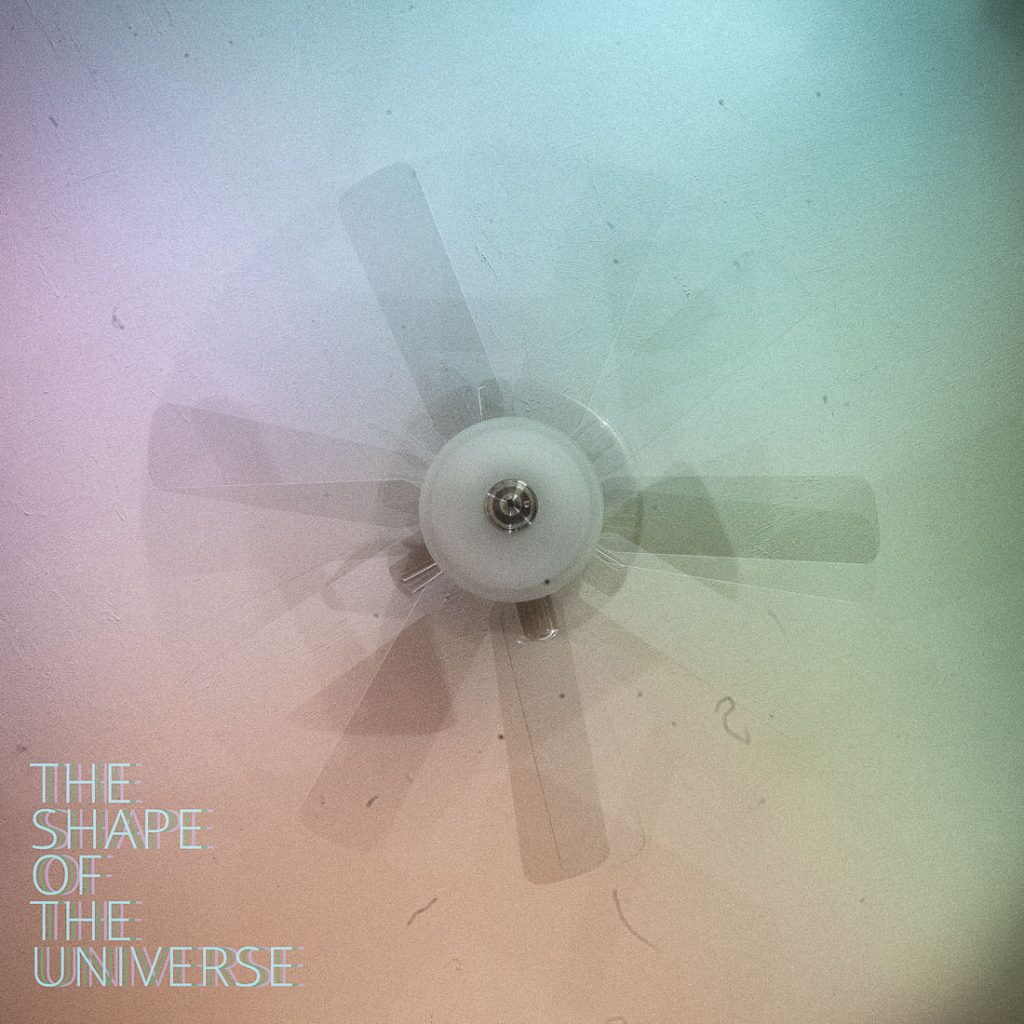With an encroaching schedule that needs to keep food on my table, music is becoming harder and harder to focus on. I knew this when I started though—that’s the point. One year of creating outside my comfort zone; create more, come hell or high water. Create more, even if you hate it. When you’ve finished creating something, you leave a trail behind you. One that other people can follow, or that simply reminds you where you’ve been, or how you got to where you are.
Creating something and publicizing it also lays down seeds of opportunity. You don’t know what they’ll grow into, or what kind of fruit they’ll produce—if any—but when they’re planted, there’s possibility they’ll grow into something you could build a treehouse around.
Creating something stretches the imagination and works parts of the brain you might otherwise leave untouched. I’m not just talking about musically or photographically, I’m talking about personally too. To create something and expose someone to it stretches your comfort zone outward. To hear and consider criticism pulls the defenseless little voice hiding inside to the surface and demands that it be open to becoming a better version of itself. Better in skill. Better in patience. Better in openness.
This month I laid down my desire to push the boundaries of a new skill and instead practice with the skills this project had already developed: Make something fun, catchy, entertaining, with six chords and build from there. So that’s what I did and it was hard because the feeling of stagnation makes me uncomfortable.
But I still wanted to push myself somehow, so I tried to create something that sounded intentionally imperfect, the way a garage band might sound after several hours of practice—that is to say, not quite there. To do this, I began exploring the ‘humanization’ of midi music. Introducing randomizations in velocity and timing of the notes to create an imperfection we’re more likely to attribute to someone hobbling along with their bass guitar or drum kit, than a computer that can play all the notes exactly right.
I also wanted to stick to instruments that garage musicians are more likely to have access to. Bass, lead and rhythm guitars, snare and kick drums, hodgepodged percussion from pots and pans, things like that. No violins or horns.
The result is—well, imperfect. But maybe not in all the ways I was hoping. Our virtual guitar player here has an impressive knack for timing and the bassist sure can keep a rhythm for a long time. The imperfections, in my view, creeped in most notably where I didn’t intend for them to appear: in the vocal performance. I attempted to keep up with the harmonies throughout, and the computer just can’t help me much without turning me into a robot.
This month also saw my first score for a short film, which came together in about 3 hours. As it turns out, it’s much easier to write music when you know what it’s supposed to go with.


Recent Discussion